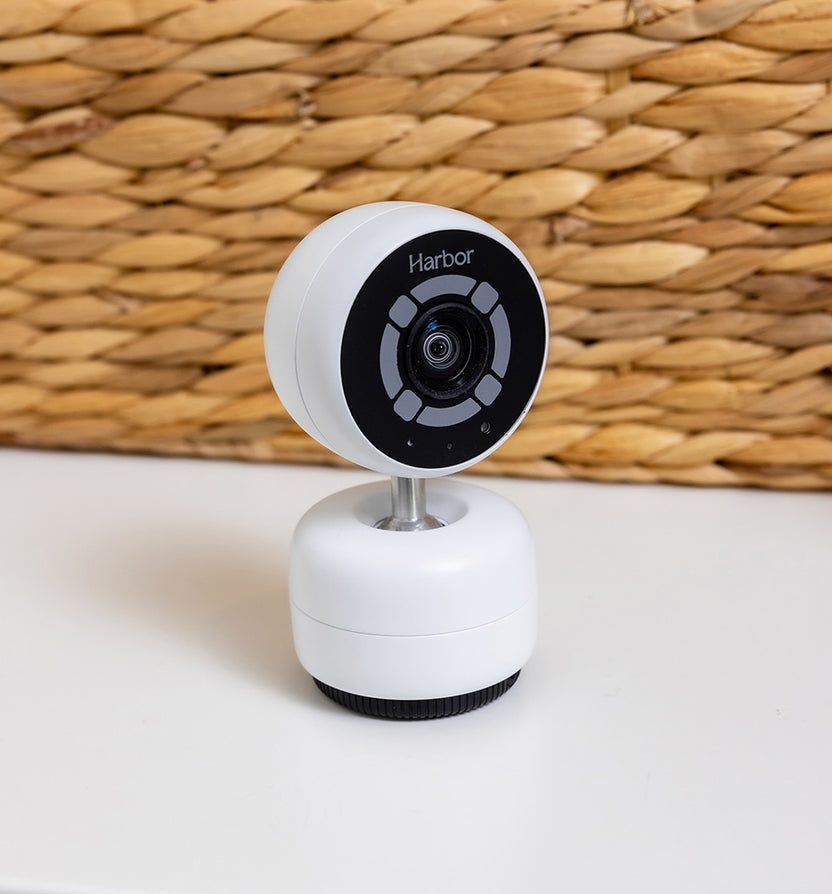
How to navigate daylight saving time without losing your mind!
With young children, adhering to a sleep schedule ensures that they get the rest they need to grow and develop. Having a predictable routine can also make things a lot easier for parents, but daylight saving time throws a wrench in that routine twice a year.
Moving clocks forward and back by just one hour disrupts both your and baby’s circadian rhythm. But with some planning, you can make the time change a little bit smoother.
1. Ease into the time change
Gradually shift your entire evening routine by 20 minutes each day for the three days leading up to the time change. If a 20-minute shift is too abrupt or challenging for your home schedule, consider a longer transition period. That could look like 15 minutes over four days or 10 minutes over six days.
2. Use OK-to-Wake clocks with toddlers
An OK-to-Wake clock changes color at a pre-set time in the morning to signal to your child that it’s an appropriate time for them to be up (versus when it’s still time to sleep). Adjusting the clock for daylight saving time can help your child more easily navigate the transition.
Pro-tip: Cofounder Kevin Lavelle and his wife, Jen, have been using this Hatch nightlight for years with their kids!
3. Dim the lights (& cut back evening screen time)
Your body releases melatonin, a sleep hormone, in response to darkness. To more easily adjust to the time change, try dimming the lights in your home or bedroom an hour before bedtime. Blue lights from screens can impact sleep as well, so especially during this time window, limit all screen time prior to bed.
4. Stick to a routine
Stay consistent with your established bedtime routine, incorporating things like white noise and blackout shades. A consistent routine provides a sense of security and predictability, helping your child to more easily adjust to the time change and signal that it’s time for bed.
5. Ask Harbor
If you have any questions or concerns about the daylight saving time adjustment, reach out to a Harbor Sleep Expert. Our team can work with you to create a sleep schedule that works for you and your child. This might look like shifting bedtime, adding naps, or encouraging morning sunlight to shift your kid’s internal clock.




